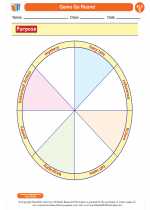Genre Characteristics
Genres are categories of literature, art, music, or other forms of expression characterized by similarities in style, form, or content. Understanding the characteristics of different genres can help readers and viewers comprehend the purpose, structure, and tone of various works. Here are some common literary genres and their characteristics:
Fiction
Fiction is a genre that includes imaginative or invented stories. It can be further classified into subgenres such as:
- Science fiction: Often set in the future or in outer space, involving technological advancements and futuristic concepts.
- Fantasy: Involves magical or supernatural elements, often set in imaginary worlds.
- Mystery: Involves solving a crime or puzzle, often with a detective as the central character.
- Historical fiction: Set in a specific historical period, incorporating real events and people into a fictional narrative.
Non-Fiction
Non-fiction is based on real events, people, and facts. It can include genres such as:
- Biography: Tells the life story of a real person, providing insights into their accomplishments and challenges.
- Autobiography: Written by the subject themselves, detailing their own life experiences and reflections.
- Essay: Offers the author's thoughts and perspectives on a particular topic, often with a persuasive or informative intent.
- Speech: A spoken form of communication, delivered to an audience, often to persuade, inform, or entertain.
Poetry
Poetry is a genre characterized by rhythmic and expressive language. It can include various forms such as:
- Sonnet: A 14-line poem with a specific rhyme scheme and meter, often expressing themes of love or nature.
- Haiku: A traditional Japanese form of poetry, consisting of three lines with a syllable pattern of 5-7-5, often focused on nature.
- Free verse: Poetry without a regular meter or rhyme scheme, allowing for more flexibility in expression.
Drama
Drama is a genre meant to be performed, typically on a stage, and can include:
- Tragedy: A serious play with a sorrowful or disastrous conclusion, often involving the downfall of the main character.
- Comedy: A lighthearted play with a happy ending, often involving humor and witty dialogue.
- Monologue: A speech delivered by one character, revealing their thoughts, emotions, or intentions.
Study Guide
To better understand genre characteristics, consider the following study guide questions:
- What are the defining features of fiction, and how do they differ from non-fiction?
- How does poetry use language and form to create emotional impact?
- What distinguishes drama from other forms of literature, and how does it engage an audience?
- Can a single work belong to multiple genres, and how does this affect the reader's interpretation?
- How do genre conventions influence our expectations as readers or viewers?
Exploring these questions and analyzing examples from different genres can deepen your understanding of genre characteristics and their impact on various forms of artistic expression.
[Genre Characteristics] Related Worksheets and Study Guides:
.◂English Language Arts Worksheets and Study Guides Fifth Grade. Genre Characteristics
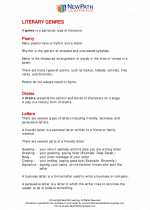
 Activity Lesson
Activity Lesson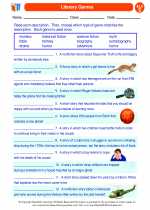
 Worksheet/Answer key
Worksheet/Answer key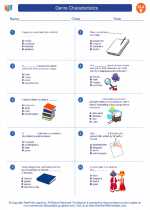
 Worksheet/Answer key
Worksheet/Answer key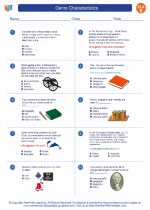
 Worksheet/Answer key
Worksheet/Answer key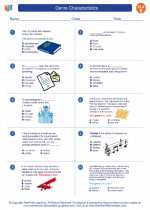
 Worksheet/Answer key
Worksheet/Answer key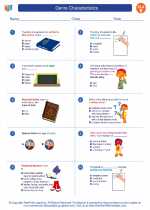
 Worksheet/Answer key
Worksheet/Answer key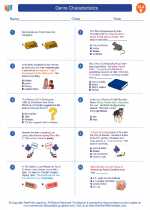
 Worksheet/Answer key
Worksheet/Answer key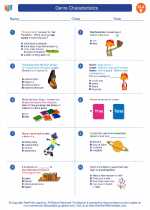
 Worksheet/Answer key
Worksheet/Answer key